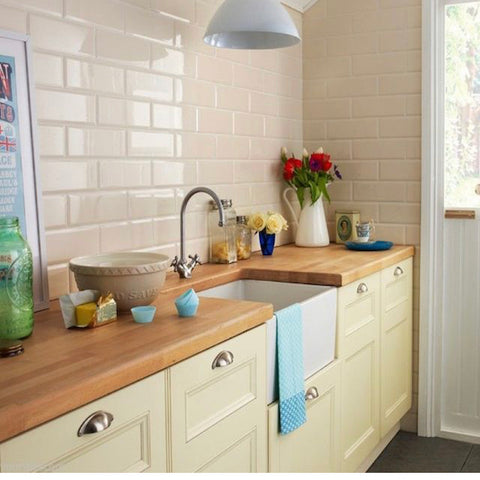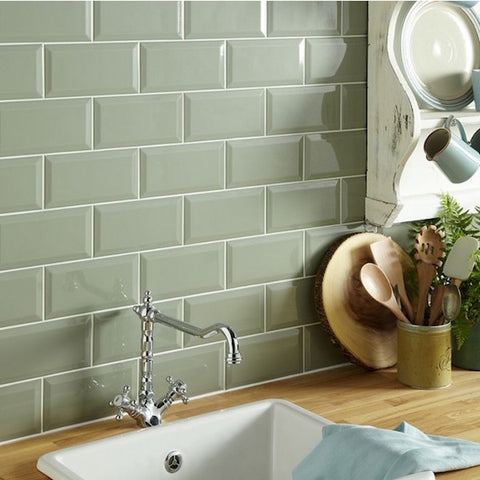You have no items in your shopping Basket.
0item(s)
You have no items in your shopping Basket.
Going Underground: Metro Tiles
Once upon a time, as the saying goes, it was decided to build an underground railway. So in due course, London had its Metropolitan Railway, constructed over the years from 1863 to the end of the century, which later acquired the more prosaic title of the Underground. New York eventually followed suit with its Subway, and in France, a Metropolitan – or Metro – railway also made its debut.

Maximising Light
As well as the railway itself, which was the integral component, it was of course necessary to provide public areas and platforms where travellers would await the arrival of the passenger cars. These areas were designed essentially to be hard wearing and easy to keep clean, but also attractive in style. They were intended to collect and distribute the maximum amount of light and to provide a cheerful appearance, so as to offset the fact that people were often very far beneath the surface of the earth.
Thus came into being the metro tile, which is currently enjoying such a huge resurgence in popularity in the world of interior design. These days the metro tile has diversified its appearance from the basic subway white or black, and is now available in a wide range of interesting and exotic colour schemes. 21st century designs are aimed at enhancing interior spaces such as kitchens, hallways and bathrooms, but their modern styling is also being applied to many other areas in the home or workspace.
Metro tiles are trending in offices and retail outlets, can be used for patios and exterior pathways, and now for many feature rooms, where they can set off a fireplace, window embrasure, book nook or mirror. This style of tiling is ideal for kitchen splashbacks, bathroom surrounds and even interior cupboard spaces. Metro tiles also come in deep jewel-like colours and their high gloss finish maximises the available light, giving a warm and sensual feel to rooms like a den or private study.

The metro tile can be flat, or can have bevelled edges that create additional opportunities for the diffraction of light, as well as breaking up large surface areas and making the tiles easier to install. A metro tile also has the advantage that it can vary in size from the very small to the fashionably large, and it can be installed in an extensive range of layouts. These include the standard brick or running bond, which can be laid like a typical builder's wall, and looks great with a tile in the popular brick or stone effect finishes.

Today's designers are reaping the benefit of metro retro, as these tiles can be used in so many different settings, and in so many unusual layouts. New variations on the traditional brick and running bond include laying the tiles vertically, to give low-ceilinged rooms the impression of additional height. Then there's the classic herring bone pattern, and for an even more unusual effect this can be laid diagonally, leaving a triangular serrated edge and creating an attractive focal point.